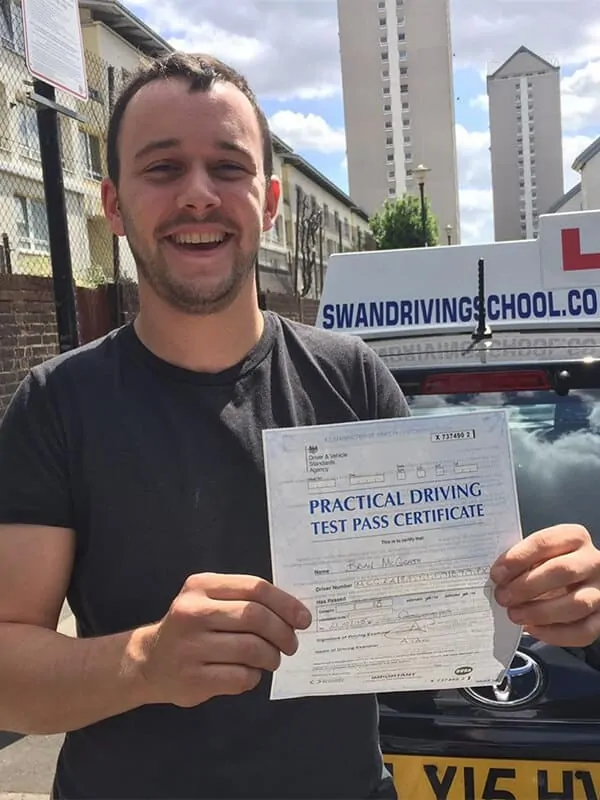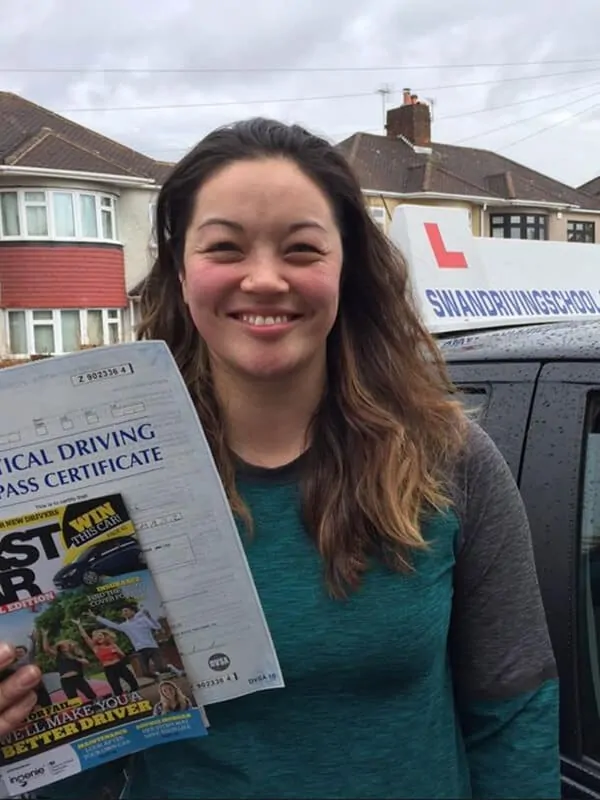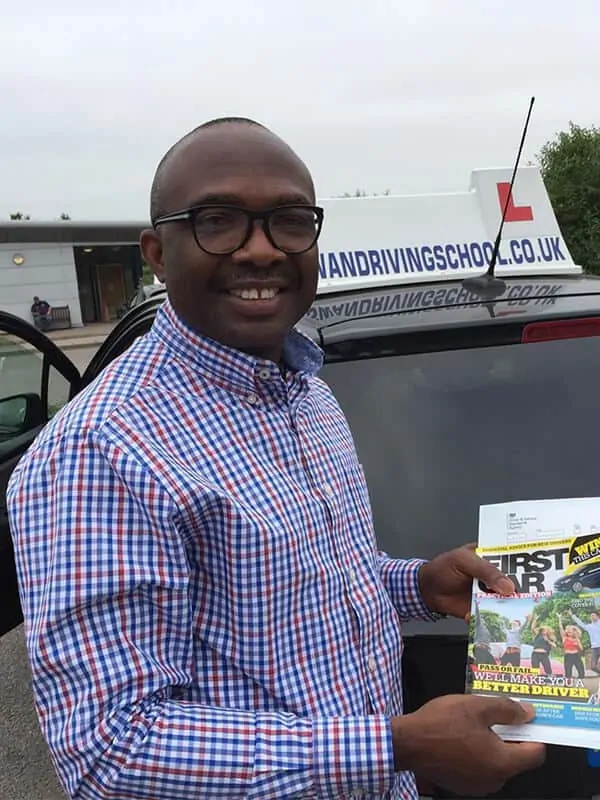London automatic
Driving lessons
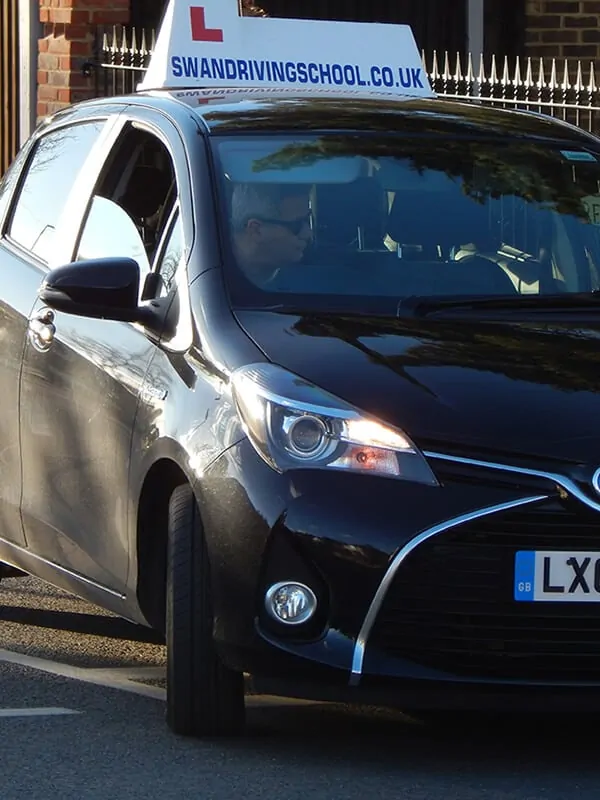
Everything You Need to Know About Learning to Drive in an Automatic Car
Unsure whether automatic driving lessons (ADL) are right for you? Read on to learn everything
you should know about learning to drive in an automatic car before making your decision..
What are Automatic Driving Lessons?
Automatic driving lessons, or ADL, are precisely what the name suggests: driving lessons in an automatic vehicle. So, what does this mean? Automatic cars do not have a clutch pedal but an automatic gearbox with a single lever that will usually allow drivers to select one of four options:
- P, for Park, which should only be chosen when stopping and leaving the vehicle. ‘Locking’ the transmission, this prevents the vehicle from rolling away (although it is still necessary to apply the handbrake when parking).
- N, for Neutral, which is basically the same as taking a manual vehicle out of gear. This should not be done while moving (something known as ‘coasting’) but can (together with the handbrake) be used when stopping for short periods.
- D, for Drive, which allows the vehicle to move forward and will automatically select gears appropriate to your situation and speed (i.e. setting off, driving at speed, ascending/descending inclines, etc.)
- R, for Reverse, which should obviously only be selected when intending to drive backwards.
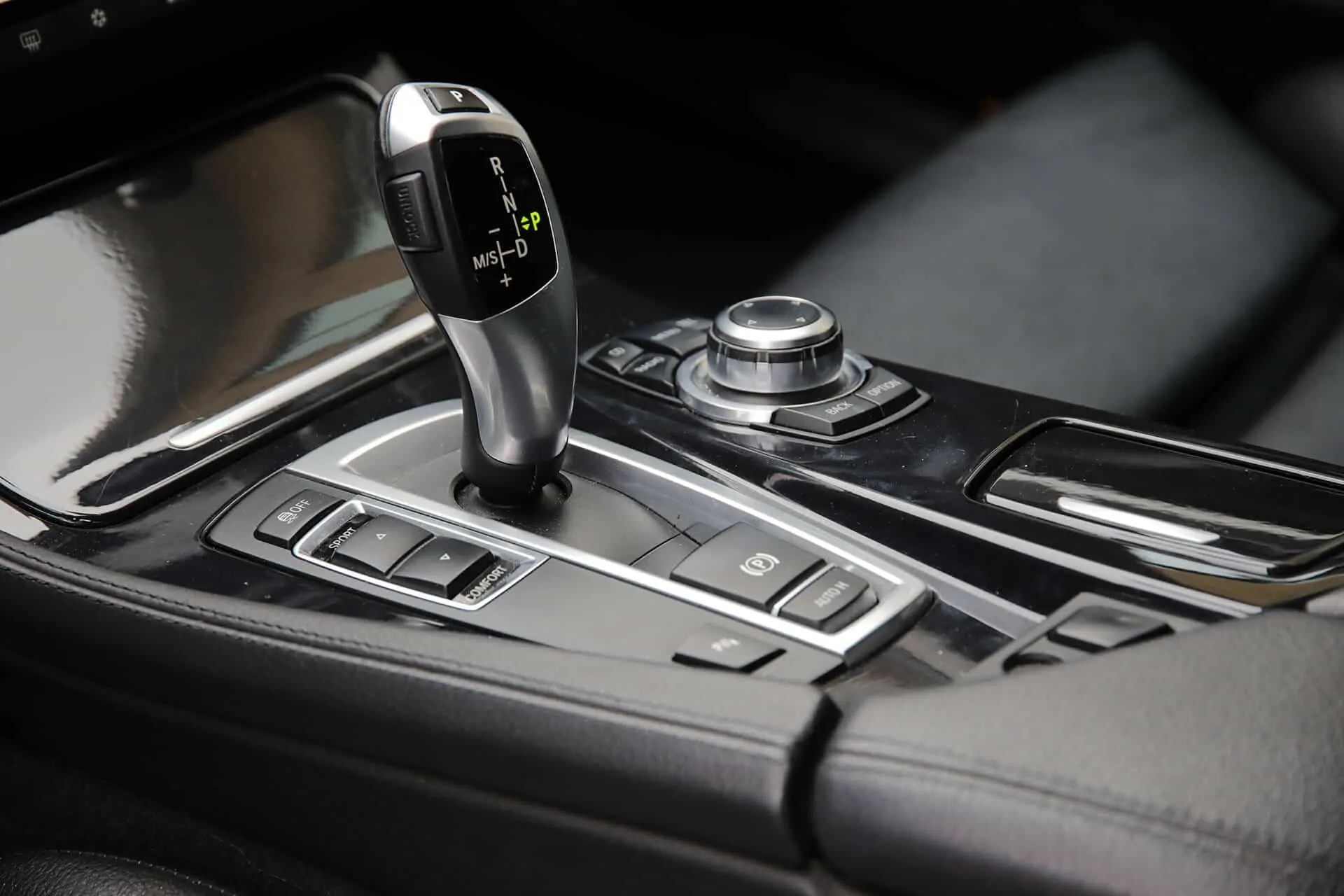
Some automatic gearboxes also offer a choice of 1 st and 2nd gear, which can be helpful in situations where keeping your speed down (like when driving down steep hills, for instance) via the use of the gearbox is useful.
This option is also helpful in keeping your revs down and stopping your wheels from spinning while pulling away in some situations. When moving off in icy or snowy conditions, for instance, selecting 2nd gear can prevent wheels from slipping. Some automatic vehicles do, however, have a ‘Winter’ mode to deal with this.
Some automatics also allow drivers to manually select gears via the selector or paddles located behind the steering wheel. This option better suits some individuals’ driving styles, as it offers them more control over how their vehicle performs.
Starting and Stopping
While it is generally quite easy to use an automatic gearbox, some people find starting and stopping a little confusing., although the process is quite simple:
- When getting into an automatic car, you should find that it was left in ‘Park’.
- Push down the brake (left-hand) pedal with your right foot, use the start button or key to start the car, and, keeping your foot on the brake, move the selector to ‘D’ to move forward or ‘R’ to reverse.
- Releasing the break will result in the car ‘creeping’ forward (or backwards, as the case may be), which is helpful in low-speed traffic or when parking. If you wish to move off a little quicker or on a hill, you may need to apply a little extra gas.
- Once the vehicle is moving, the gearbox will do the hard work by automatically selecting the correct gear for your speed/situation.
- On reaching your destination, stop the car using the brake and (keeping the bake pushed down) shift the selector to ‘P’. Apply the handbrake, turn off the ignition and that’s it – you are ready to exit.
The Pros and Cons of Automatic Driving Lessons
ADLs offer many advantages over manual lessons. There are, however, also a few drawbacks. Let’s begin by looking at the advantages…
The main benefit of ADLs is stress-free, faster learning. Learning how to use the clutch, accelerator and gears in a manual vehicle together takes time and will take up much of the first few driving lessons.
It can also be a daunting, stressful experience. The fear of stalling the car, ‘bunny hopping’ across roads or the vehicle rolling backwards can create a great deal of anxiety and distraction from the wider aspects of learning to drive and what is going on around the learner. Also creating uncertainty in the decision-making process, this can significantly slow down learner drivers’ progress.
Completely removing this aspect from the learning experience, ADLs give learners more confidence, as they do not have to worry about rolling backwards on hills and stalling. It also gives them more time to:
- Focus on controlling the vehicle
- Develop judgement of steering and speed
- Concentrate on correctly reading the road/situations
With no gear lever and clutch to coordinate and therefore less to learn & remember, learners are less distracted and subsequently:
- Learn faster
- Need fewer lessons, which, of course, reduces the cost of learning to drive
- Are more likely to pass their driving test first time, especially if they are prone to stalling in manual vehicles
Making everything from setting off to parking/reversing (adjusting your speed through clutch control when parking or reversing can be extremely tricky) easier, driving an automatic is also less tiring, especially when driving in cities/towns.
So, what are the drawbacks of ADLs? One of the main disadvantages of learning to drive in an automatic vehicle is the fact that you will only be legally entitled to drive an automatic car once you have passed your test.
Although someone holding a manual license can drive an automatic, holders of an automatic licence are not permitted to drive manual vehicles. Should you wish to drive a car with a manual gearbox, you can therefore only do so by:
- Driving as a learner with a qualified, supervising passenger, or
- Retaking your test with a manual car (which, of course, will involve additional lessons).
This can, in turn, cause varying problems. If for, example:
- You ever need to hire a vehicle, you may find that your nearest car rental company/garage does not have an automatic car available.
- Your vehicle breaks down, your garage may not be able to offer you an automatic courtesy car.
Often harder to find and more expensive to buy than equivalent manual versions, automatic cars can also have higher fuel consumption than their manual counterparts.
Finally, ADLs can also be more expensive than manual lessons, although this is typically counteracted by far fewer lessons being required to achieve the driving standard required to pass your test.
Automatic Driving Course Video Testimonial
Congratulation to Lindsey who passed the first time.
Automatic Driving Lessons Area Map
Most London Postcodes covered.
Who Should Choose (ADLs)?
So, who are ADLs most suitable for? In a nutshell, ADLs are the right choice for:
Nervous Learners: If the thought of coordinating the clutch, gears & accelerator is giving you the heebie-jeebies, ADLs will take that worry out of the equation and allow you to develop your confidence and driving skills faster.
Learners with Physical or Learning Difficulties: Many leaners opt for ADLs because they have restricted movement due to some type of physical disability. As ADLs mean less to learn/remember, others opt for them due to learning difficulties.
Older Learners: Learning to drive is not just for the young, and many people learn later in life (between 35 and 60+ years of age) because they were not able to do so earlier in life or because changing circumstances require them to become more independently mobile. As we age, both our capacity to learn something new and our memory naturally decrease, making ADLs the perfect solution here.
ADLs may not be a good option if you are:
- The kind of driver who likes complete control over every aspect of driving/your vehicle’s performance.
- Learning to drive for work purposes and know/expect to be required to drive vehicles with manual gearboxes.
Carefully considering all advantages and disadvantages of ADLs is clearly of utmost importance before making your decision.
Swan Driving School Automatic Driving Lessons
We have a team of highly experienced, patient instructors specialising in teaching ADLs covering areas including
Contact us for more information about Automatic Driving Lessons
Offering the flexibility to take your automatic driving course to perfectly suit your individual time frame and needs, we can give you the best possible learning experience and help you pass your test first time, too. If you have decided to opt for automatic driving lessons, give us a call on +44 78691 50281, e-mail us: [email protected] or contact us online to arrange for your first ADL today.
Other Types of Automatic Driving Lessons
These are other types of driving lessons we offer:
Intensive driving courses
If you need to get your driver’s license in a short time, you can take an intensive driving course with us. Intensive driving courses are also known as driving crash courses, and they offer you the chance to learn and pass the driving test in a short time frame saving time and money.
Semi-intensive driving courses
This is one of the most popular driving courses we have. Our automatic semi-intensive driving courses are designed around you, these courses can be done 1 day a week or if you prefer over more days in the week.
Pass plus
The pass plus course is designed for pupils that wish to develop the expertise and skills of freshly qualified drivers. The pass plus course also entails practical in-car sessions that train you and help to boost your driving confidence. The intent of the course is to enable you to develop skills that contribute to reducing the risk of a traffic accident, how to handle hazards and how to develop a positive attitude towards other drivers among other pertinent skills.
Please feel free to contact us to discuss your requirements. Whatever driving skills you have, we can help you to pass your driving test.
successful Stories of pupils who passed with our automatic driving lessons
Actively equipping pupils with the necessary skills and knowledge to confidently and securely operate automatic cars, we have helped many learner drivers to pass their driving test the first time – and fast. Here are some of our success stories…

